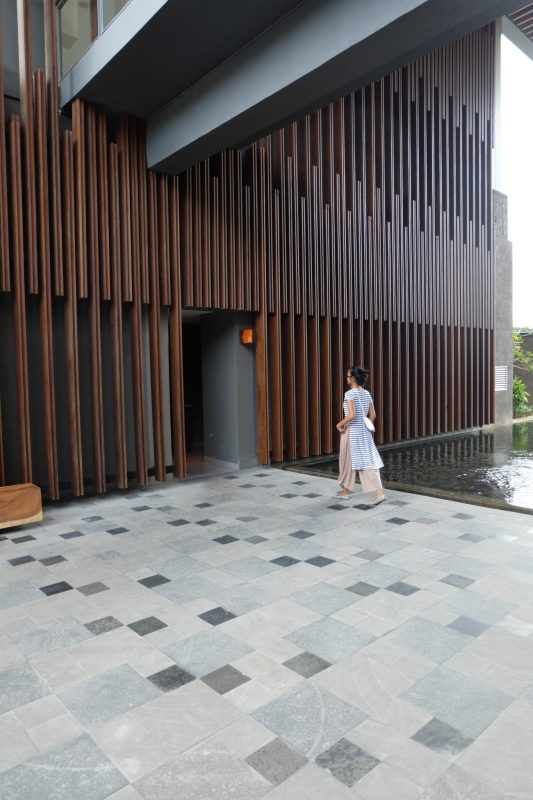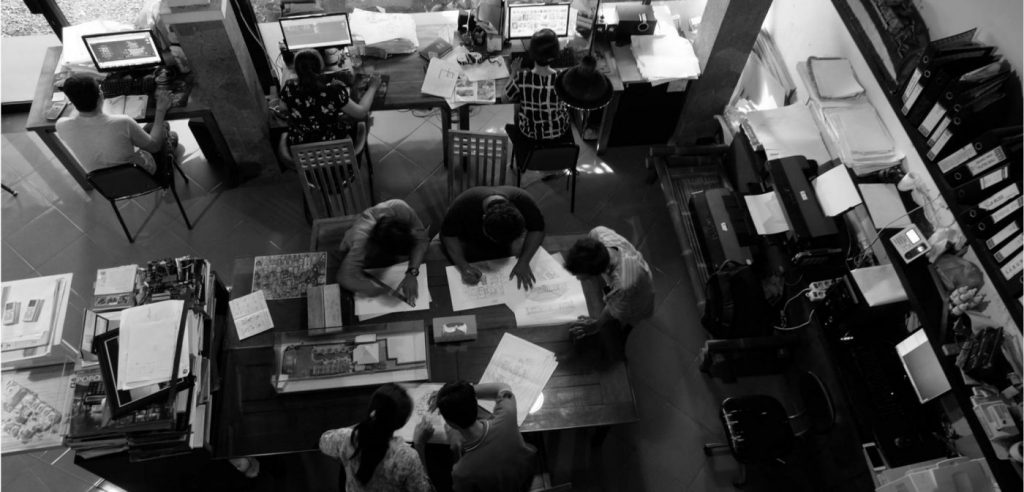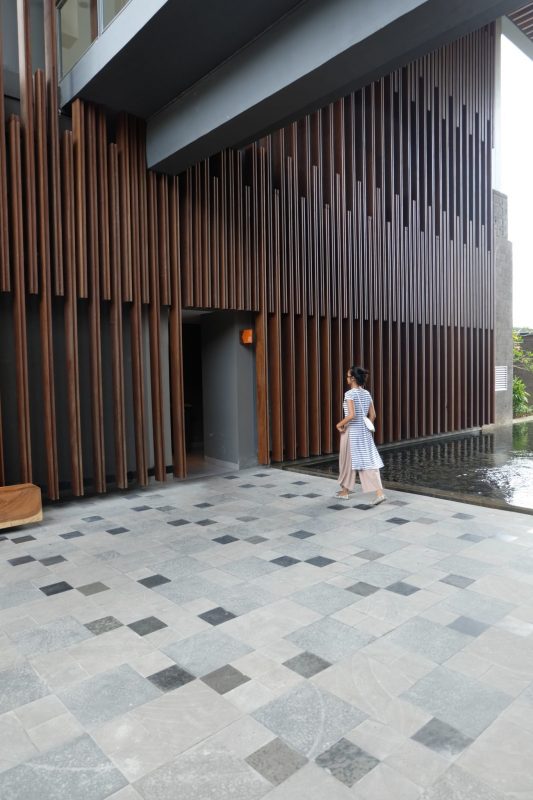
April 21st…
has declared as ‘Kartini Day’ by the first President of Indonesia, Ir. Soekarno. It was the birth date of Raden Adjeng Kartini, a notable national heroine for women’s right. She was a pioneer in the area of education for girls and women. She had fought for women emancipation, especially to obtain women’s privilege to go to school or work. Kartini dared to question the right of women for their freedom, equality and legal authority. Her concerns were not only about women’s emancipation but also regarding other social issues in her society.
More than a century after the death of Raden Ajeng Kartini, the old saying that a woman’s place is to stay at home appears to be no longer valid. Although there are some groups of people that still following the traditional custom, but in the past decades, development and social change in Indonesia have facilitated profound changes in women’s work participation. In many area of profession, the gender gap is narrowed. However, what about the women in architecture?

Unfortunately,
the role of women in architecture is still considerably low compare to the percentage of man in the industry. Women still have less recognition in the architectural world, not only in Indonesia, but it also applied in other countries. According to Jane Duncan, the former President of Royal Institute of British Architects, women represent 44 percent on the entry level, but the numbers drop off before they reach on to the next stage. Which is for the second degree and the training to reach the professional qualification. Many approved when women have graduated and moved on to the real work, usually men are easier to thrive and get recognize as architects. The common stereotype is a lot of people still consider architect as a ‘masculine’ profession. That is why women tend to avoid it, especially those with family.
Moreover in Indonesia, just like in any country, still holds its traditions and culture of women. And it is rather hard to let go of them because since ancient time the world designed and constructed by men, based on the fact that most of the history is patriarchal. However, we live in a very dynamic world and architecture is really a broad scope to start with, it covers a lot of aspects.

Depends on which side people view the architecture itself. Architecture can be technical; it can be environmental or even art. With that said, for women to be involved in the architecture do not necessarily have to be an architect. It doesn’t have to be involved in a technical way. For example, a journalist might contribute more to urban design than many of the creators and builders of the physical environment.
Amongst the small number
of women in Indonesian architecture, Imelda Akmal, an architecture author and founder of Imelda Akmal Architecture Writer Studio (IAAW) has succeed owning a reputable reputation in Indonesian architecture despite also being a full time wife and mother for her family. She has been in the industry for more than 20 years. Imelda started out as a magazine writer then continued her study for Architecture Theory and Critics to England and finally opened her own architecture publication studio with the support from her husband.
She managed to publish a lot of architectural documentation of her works as well as local and overseas architects. Many of her publication have influence Indonesian architecture by bringing the latest trends or presenting the work of a certain architect. They shape not only architecture trends in the country but also in the region of Southeast Asia. Her writing and publication are used by many parties. From architectural observer, related industries, academicians to students as references for architect and architecture development. It is also recognized has helped a lot of architects in doing their works. Of course, the achievements and kudos are the result of her hard work, dedication and believe.


In conclusion, it is not about expecting for the system to change. It it is about women expecting more of them, and that way the system can be changed. Just like Kartini, she had expected women more of what they were then. She expected women to have the right of equality and do more than just sitting at home. Women should believe on what they capable of doing in any profession, including to all the women in architecture. Women have and will always own the power in breaking the stereotype, making a breakthrough, shaping structures, influencing architecture, even designing the cities all over the world, no less than men do. Happy Kartini’s Day to all Kartini in Indonesia!


RECENT COMMENTS